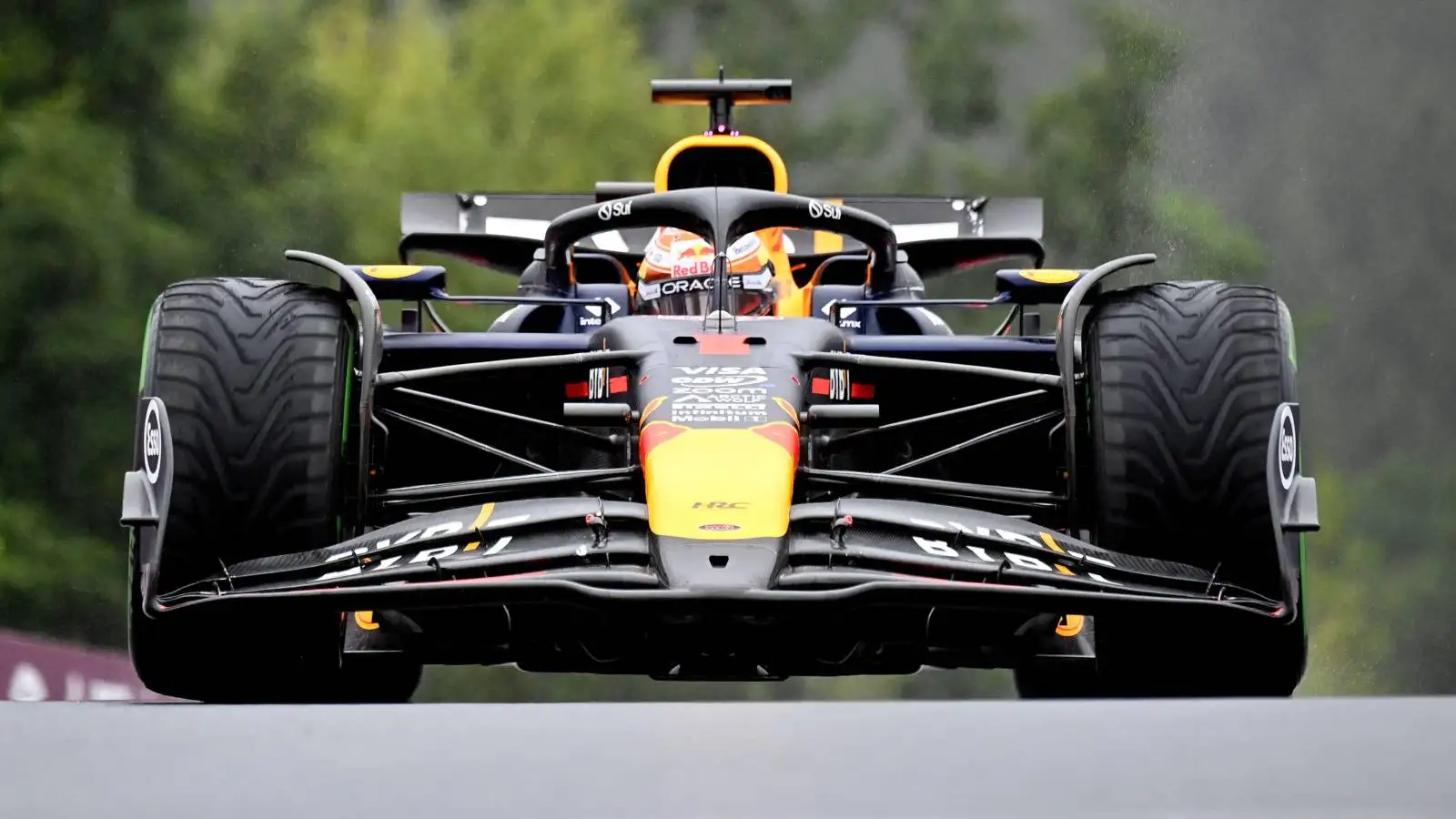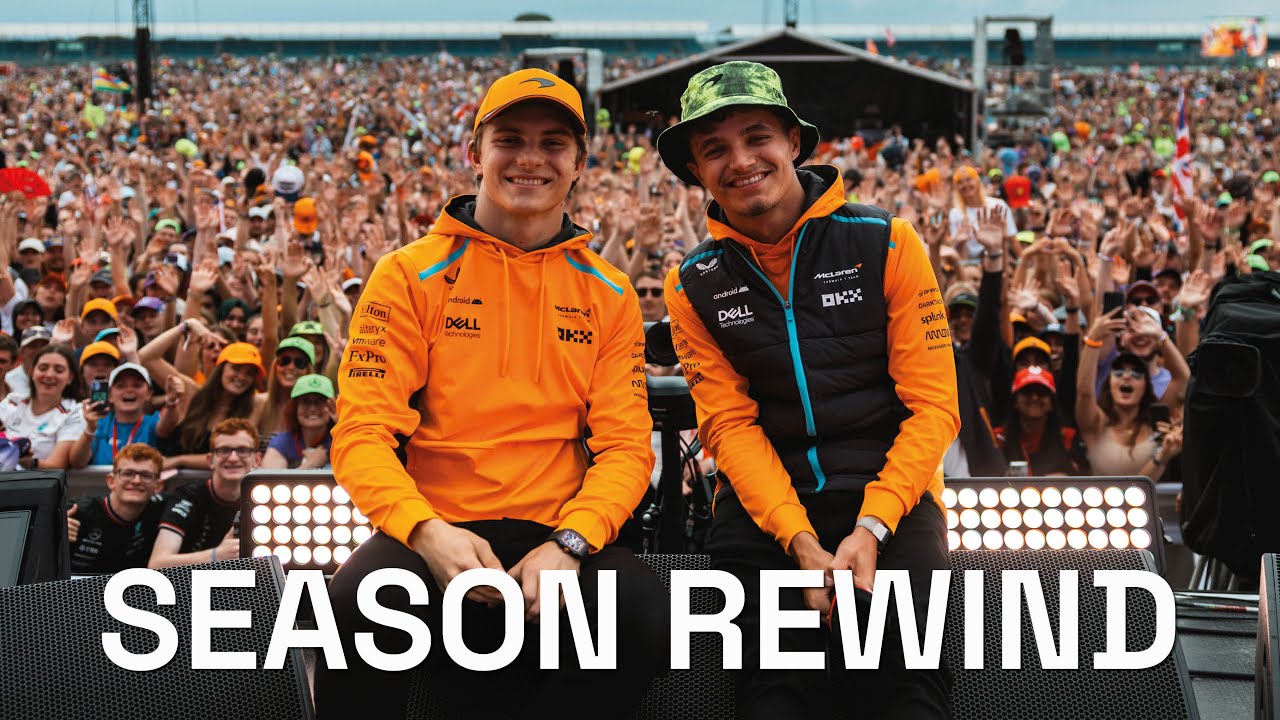FIA president Mohammed Ben Sulayem has hinted at scrapping the F1 cost cap, calling it a ‘headache.’
- The cost cap, introduced in 2021, aimed to level the playing field among F1 teams by capping annual spending to $145 million.
- Despite initial breaches by teams like Red Bull, the cap has shown positive effects, narrowing performance gaps in races.
- Ben Sulayem’s proposal could spark concerns of an arms race among teams, particularly affecting smaller teams’ competitiveness.
- Exceptions like driver salaries and top staff wages are not included in the cost cap, emphasizing its complexity.
FIA president Mohammed Ben Sulayem has set the F1 world abuzz with his recent remarks about the cost cap, which he described as a ‘headache.’ The cost cap, heralded as a measure to increase fairness, has been in place since 2021. But now, just four years in, it’s under scrutiny. Ben Sulayem’s blunt questioning of its necessity raises eyebrows across the paddock, potentially signaling a shift back to the no-limit spending era where deep pockets could once again determine success.
The introduction of the cost cap was a game-changer. In 2021, F1 took a significant step towards equality, limiting team expenditures to $145 million annually, a move aimed at creating a more competitive field. Previously, wealthier teams could outspend their rivals without restriction, leading to predictable outcomes and a less thrilling spectacle for fans.
However, not all teams played by the rules from the outset. Red Bull, for instance, found themselves in hot water after exceeding the cap by $2.2 million in its debut year. The repercussions were serious—a $7 million fine and a reduction in wind tunnel time—that served as a stern warning for others. Since then, teams have largely adhered to the restrictions, with the cap slightly adjusted to $140.4 million for 2025.
The impact of the cost cap has been evident in the decreasing performance gaps within the grid. Back in 2019, the fastest qualifier was over five seconds quicker than the slowest. This split has dramatically reduced to just over two seconds this season, showcasing the cap’s intended effect. However, Ben Sulayem’s suggestion to remove the cap could mean a return to more chaotic times, where only the wealthiest might thrive.
Such a move could be alarming for many in the F1 fraternity. Teams have just begun to find their financial footing under the current regulations. An abandonment of the cap might reignite an arms race of spending, where smaller teams risk being left in the dust. Historically, teams like Alpine and Williams have faced significant challenges competing against the likes of Mercedes and Red Bull without financial constraints.
The current cost cap covers nearly all expenses for an F1 team but leaves out a few key areas such as driver salaries, the wages of the highest-paid staff, travel, and marketing. This complexity adds to the debate on whether it’s ultimately beneficial or just a bureaucratic burden. Ben Sulayem’s remarks underscore the ongoing conversation about the future of F1’s financial regulations, hinting at potential drastic changes on the horizon.
The potential removal of the F1 cost cap could shake up the sport, potentially widening performance gaps between teams.










